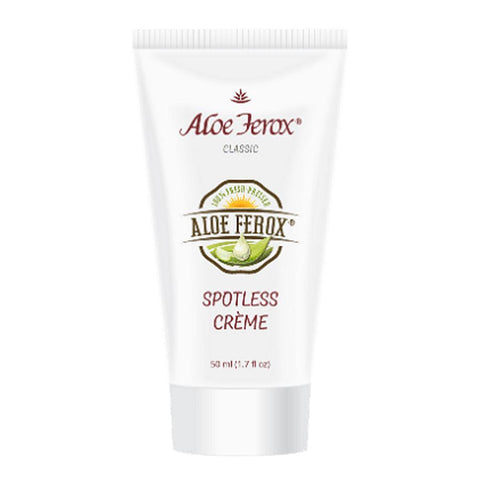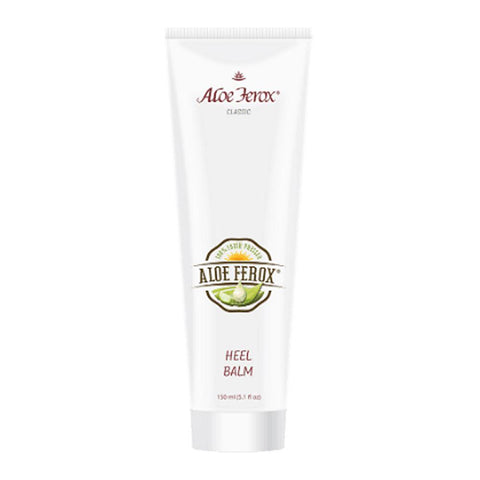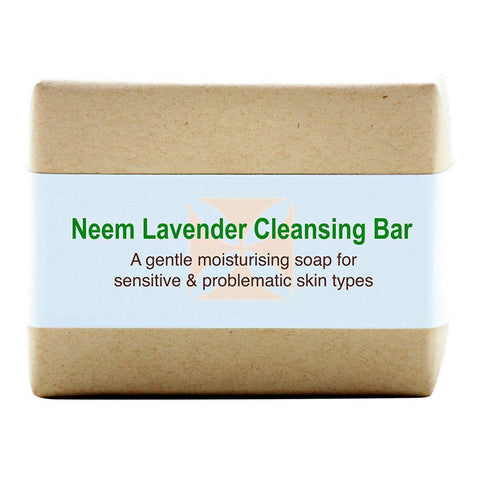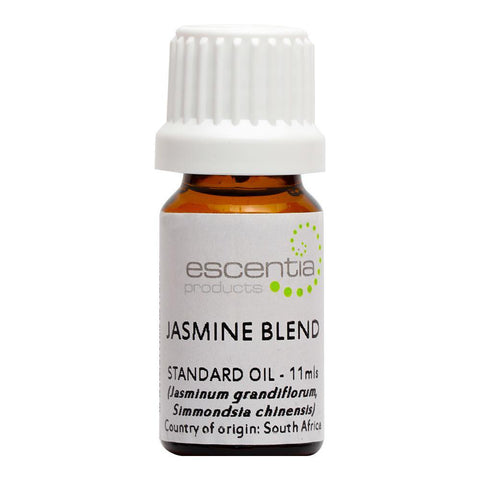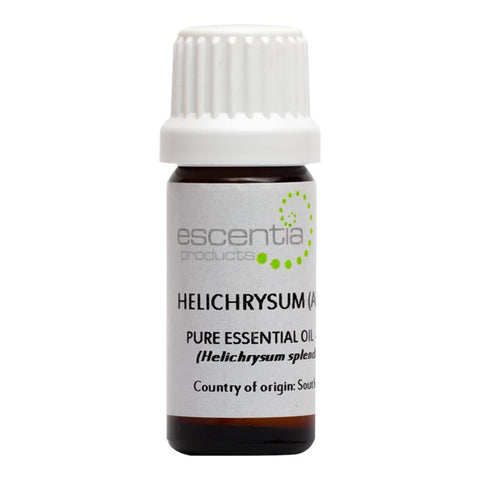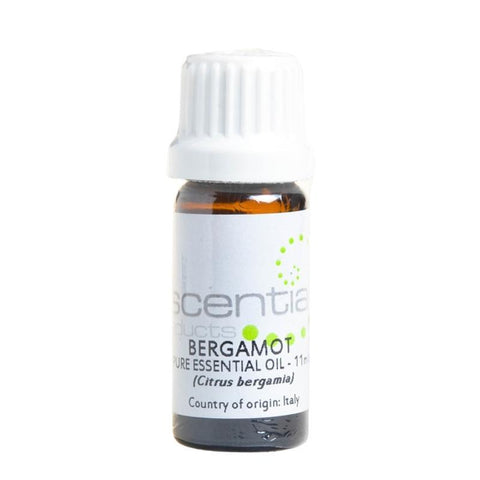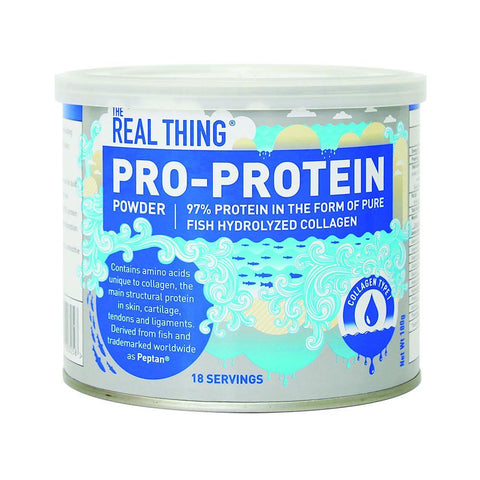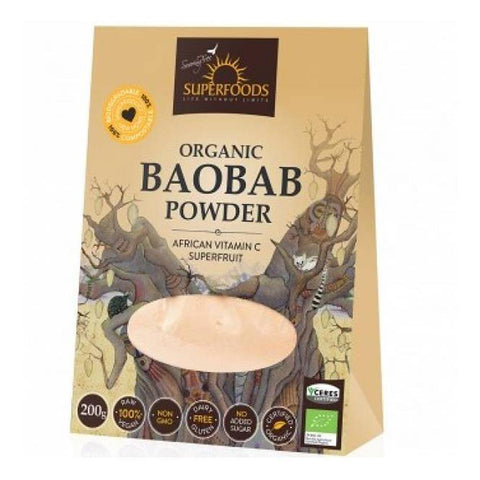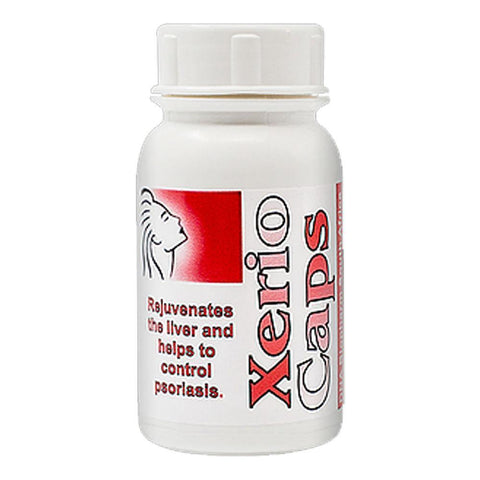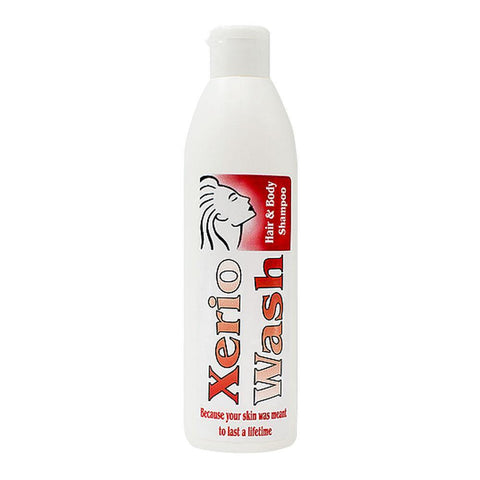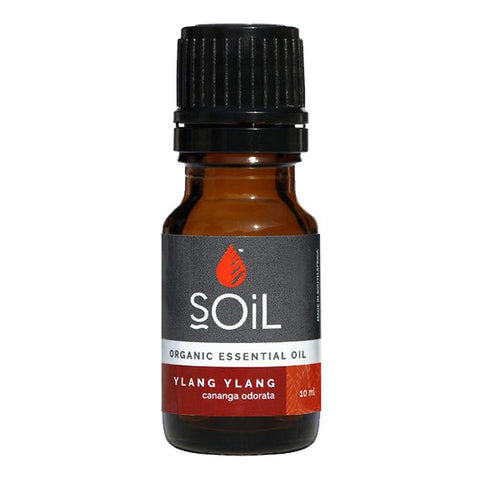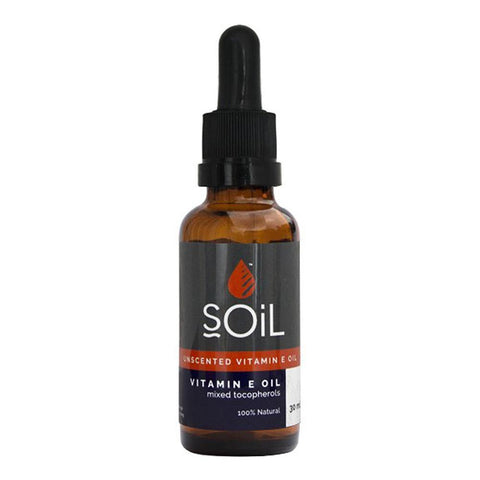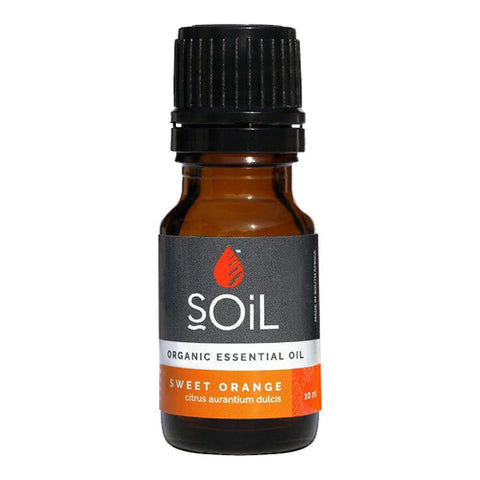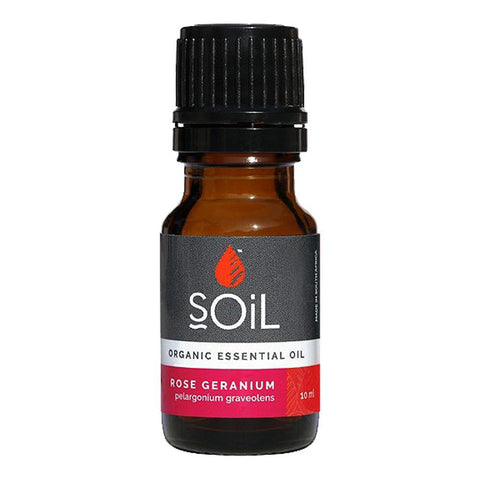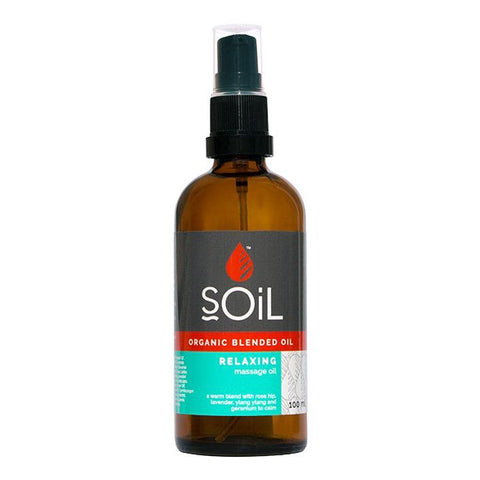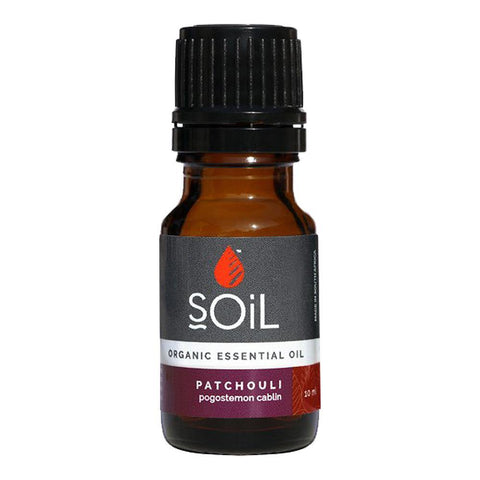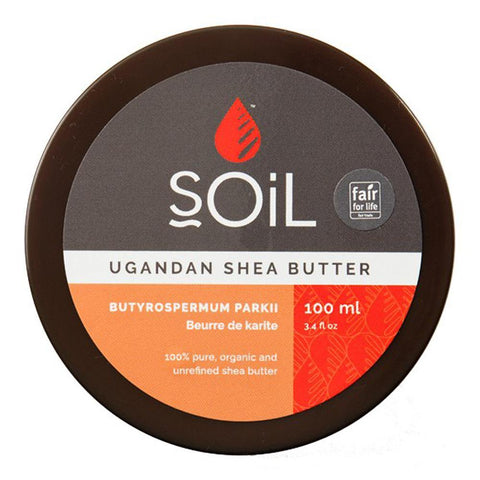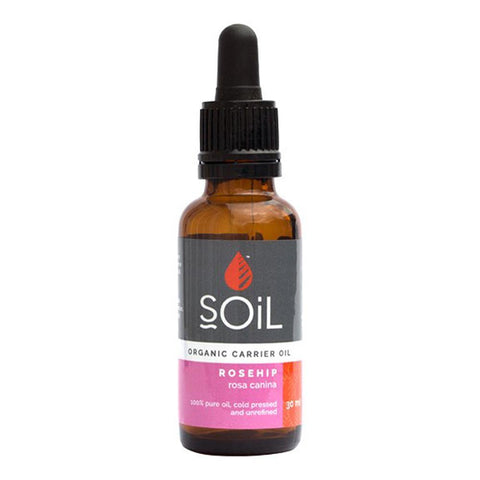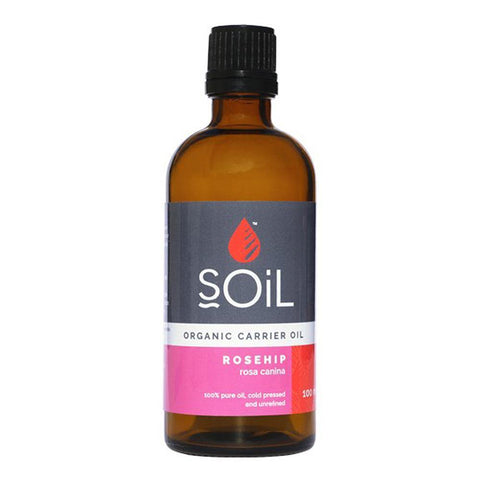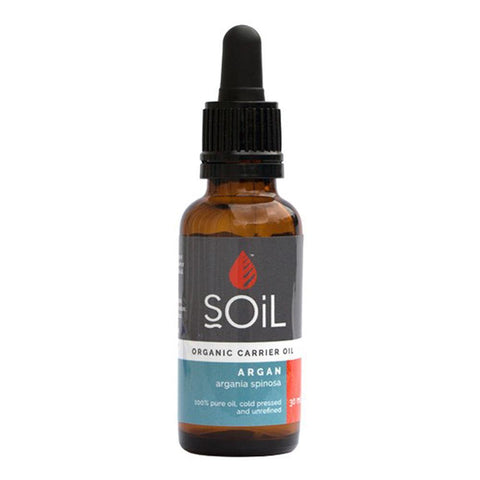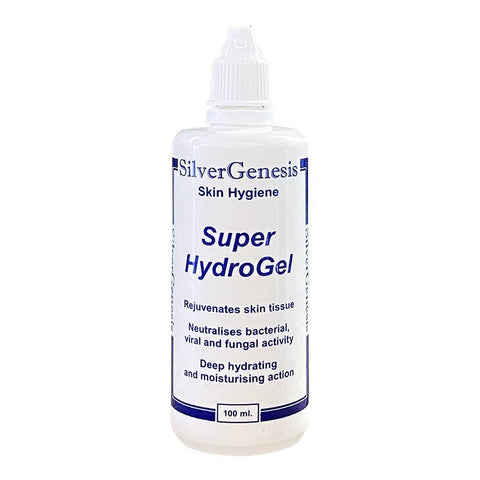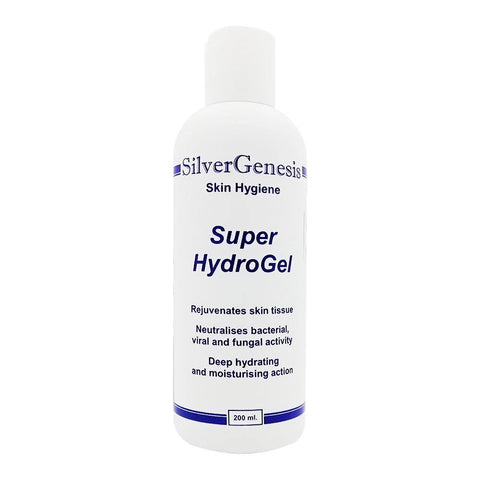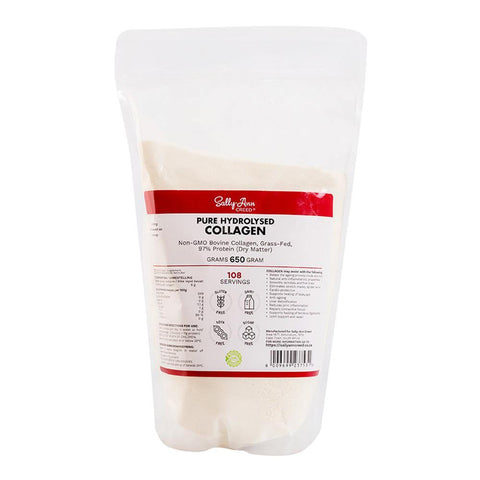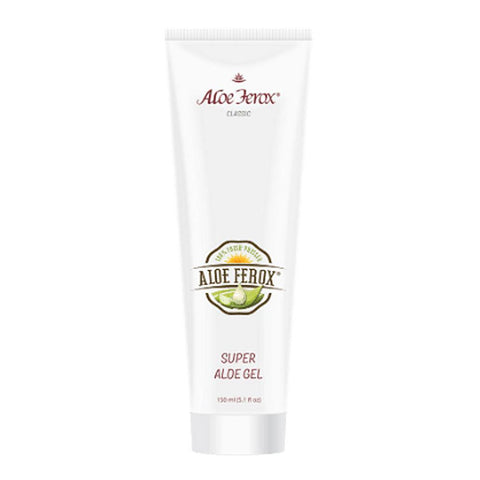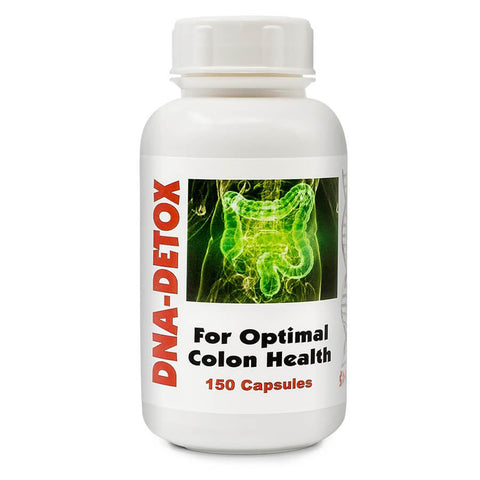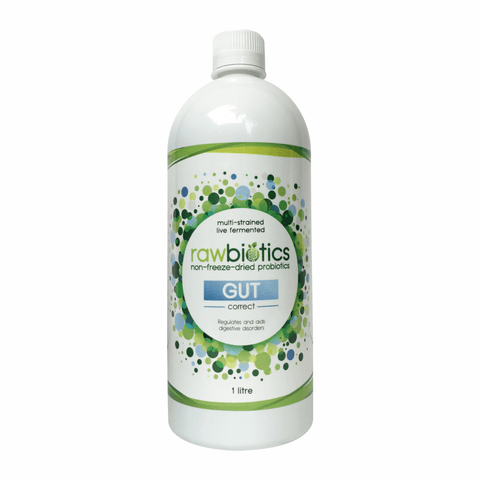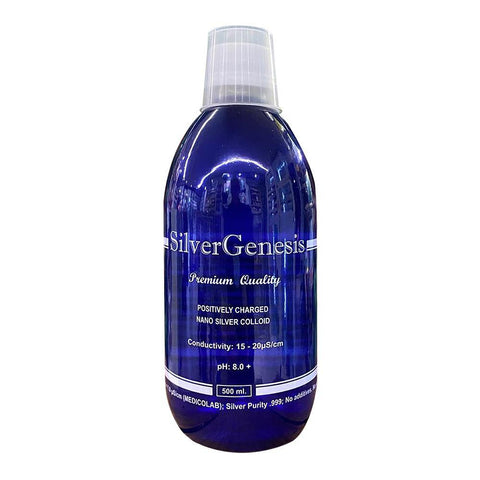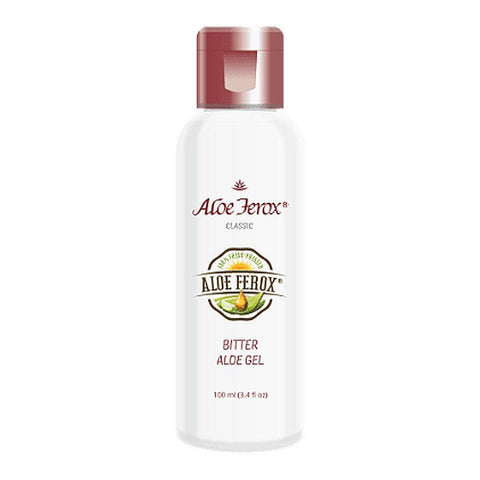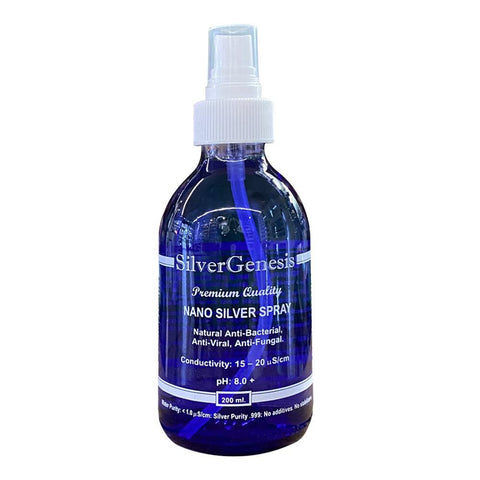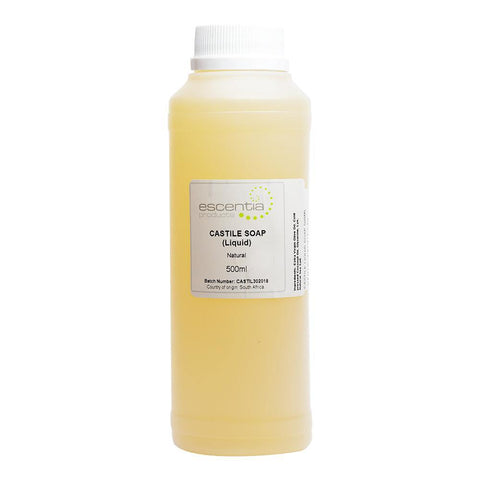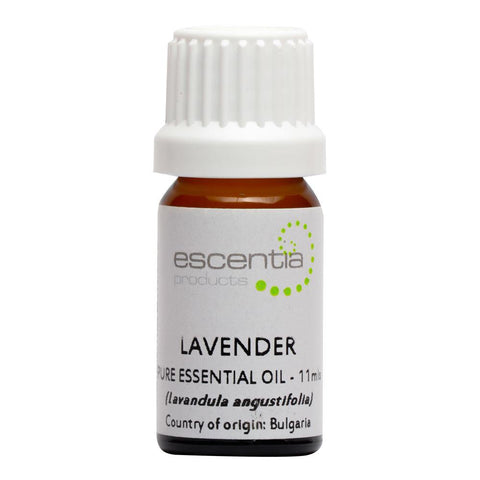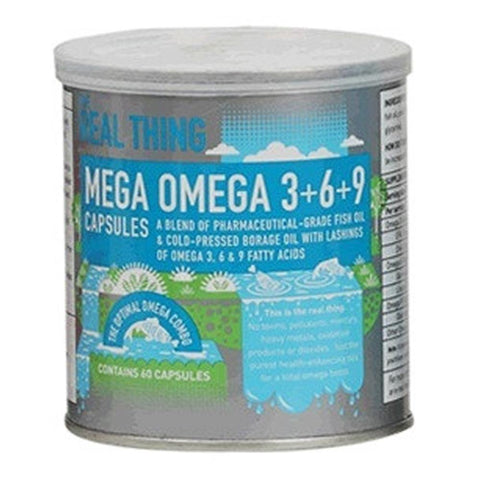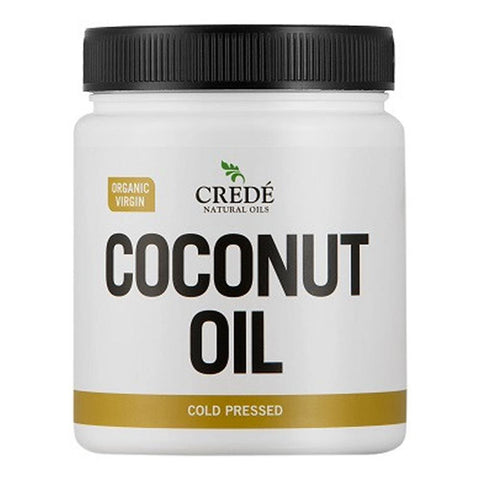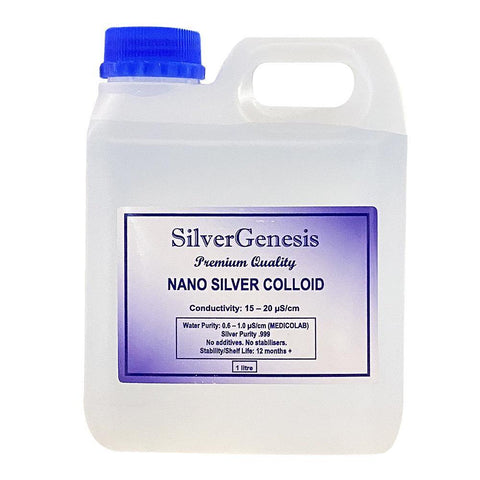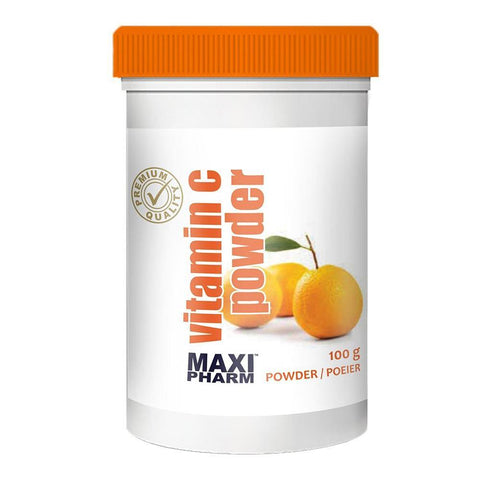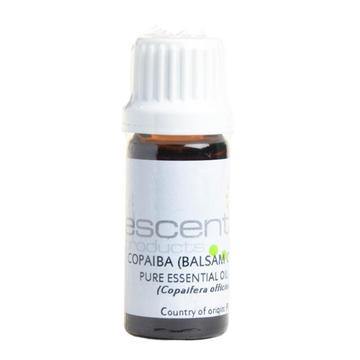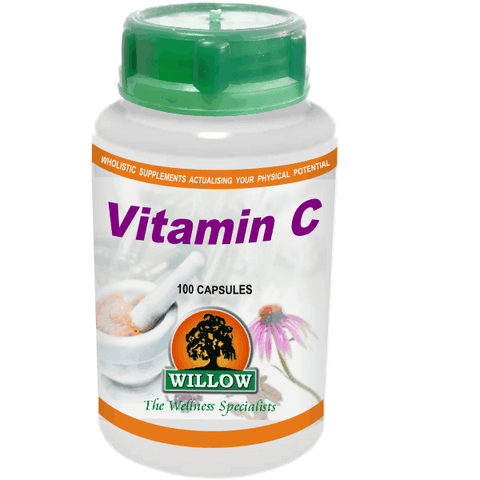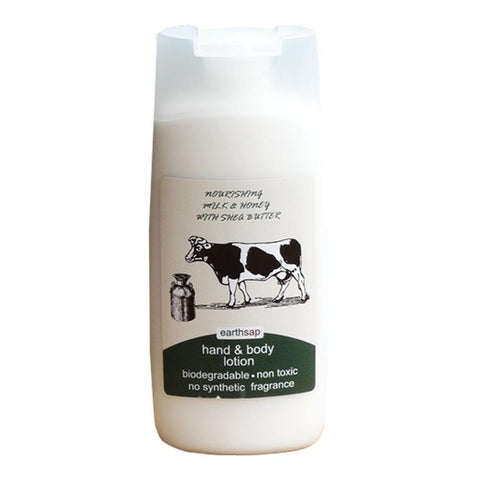The Real Thing Pro-Probiotic
The Real Thing
In Stock
20-billion colony-forming units of 10 probiotic bacteria and yeast per dose. And as fuel for their growth, we have fed them 2 of their favourite prebiotics. It all adds up to better digestion and increased immunity. Do the math.
What? 'Probiotics' are live bugs (like good bacteria or yeasts) that benefit the host they live on (like us), while 'prebiotics' are the foods that benefit the bugs that benefit you. Simple.
What else? When probiotics and prebiotics are combined in a supplement, such as this one, it’s known as a SYN-biotic supplement. As in synergy. Probiotics and your body have a symbiotic relationship (they work together to survive well), and the PRE-biotics and PRO-biotics are combined to make a synbiotic supplement. Get the difference?
So what? The Real Thing Pro-Probiotic is a synbiotic supplement that contains nine strains of healthy bacteria and a probiotic yeast. It contains 20-billion colony forming units per dose! To feed this massive Pro-biotic colony, we’ve picked their favourite PRE-biotics; Chicory Inulin and Oligofructose. PRO + PRE = SYN. Simple. Easy
What's a colony-forming unit?
It’s a measure of the number of live, viable microbes in a substrate. And you will definitely want lots of these in your probiotic supplement, if not in your soups, stews, shakes and meals. The Real Thing Pro-Probiotic contains 20 billion per dose. Bingo!
How can Pro-Probiotic help us?
Stress, prescription drugs, alcohol, a high-fat diet, too much red meat and too little dietary fibre can allow bad gut bacteria to overgrow and take over the gut. This can lead to digestive problems like infections, lactose intolerance, diarrhoea, irritable bowel syndrome, candida and reduced absorption of nutrients. Unless we put in more good guys.
Here’s what good-guy bacteria can do...
-
ENHANCE NUTRITION. Good bacteria in the gut promote the absorption of nutrients from food – especially minerals like iron, calcium and magnesium.
DID YOU KNOW?
Our forefathers received their daily food from at least 500 plants and, as the food they ate was often stored in the soil, a rich supply of numerous micro-organisms was also ingested. Modern food often goes through extensive processing, growth enhancement, separation, condensing, drying, freezing, irradiation, burning, microwaving, heating, cooking and combination with various non-nutritious and (potentially harmful) ingredients. All these processes change the nature of our food which has a negative impact on human health, including deranging the immune system. Put this together with the use of numerous pharmaceutical drugs e.g. antibiotics that further suppress immune function, and we have a recipe for ongoing sub-optimal and poor standards of health. Too many of us have lost the ability to maintain proper colonisation of the bowel flora. -
IMPROVE IMMUNITY. Good bacteria work with the immune system (symbiosis) on multiple levels. They’re practically honorary members of the team. Here’s why...
- Physical protection. Probiotic bacteria line the mouth, nose, oesophagus, lung cavity and digestive and urinary systems. They form a physical barrier between bad bacteria and the bloodstream. Like a living layer of clingfilm.
- More immune cells. They increase and stimulate immune messenger proteins called cytokines that help coordinate the immune response.
- More immune activity. Research has shown that probiotics help increase the activity of T and B lymphocytes produced to fight the body’s battles. They stimulate cells to produce bactericidal proteins (bacteriocins) that act against foreign invaders. They re-colonise the gut where bad bacteria are normally found, preventing the opportunistic bad bacteria from flourishing there.
- More killer cell activity. Probiotics don’t just stimulate T-cells and B-cells to do their thing. They also push other immune cells, like macrophages and natural killer cells, to do theirs – namely to attack, engulf and swallow harmful microorganisms and toxins. It’s called phagocytosis, which means “cell eating”. And probiotics get cells eating more.
- INHIBIT BAD BACTERIA. They compete with unhealthy bacteria for binding sites and nutrients – some probiotics even lower the pH to inhibit the proliferation of bad microflora. They also produce bacteriocins, a natural antibiotic substance that fights against harmful bugs.
- RESTORE HEALTHY FLORA. Antibiotics kill bacteria but don’t know how to tell the good from the bad. This means they destroy good gut flora as well and this can upset the system and your stomach. Replacing the beneficial bacteria by taking a probiotic can help restore a healthy flora balance.
-
STRENGTHENS THE GUT BARRIER. The gut flora ensures proper mucous secretion which provides an obstacle to help prevent the absorption of pathogenic substances. Some bacteria actually strengthen the intestinal structure and are involved in tissue and cell development. An increase in bifidobacteria introduced by nutritional supplements is correlated with an improved gut barrier. A dysfunctional gut barrier function is associated with digestive difficulties such as leaky gut syndrome and lactose intolerance.
In a nutshell
Pro-Probiotic helps provide us with more nutrients from the food we eat, helps protect against invading organisms and helps strengthen our gut barrier so that these organisms don't get into our bloodstream.
Essential with antibiotics
A 2008 study from the Albert Einstein College of Medicine in New York concluded that the right dose of probiotics will prevent antibiotic-induced diarrhoea. What’s the right dose? More than 5-billion colony-forming units per day for children, and more than 10-billion colony-forming units per day for adults.
What's in Pro-Probiotic?
1. THE PROBIOTICS
What?
Probiotic supplements often contain only one or a few probiotic strains; however, the gut flora includes numerous naturally occurring organisms. The most commonly found are lactobacillus and bifidobacterium, but there are well over 400 other bacterial species, fungi (including yeasts), such as saccharomyces boulardii and parasites.
Which ones?
Pro-Probiotics contains 10 of the most common strains as each one has its own special talents and each contributes to a healthy intestinal environment.
- Bifidobacterium bifidum
- Bifidobacterium lactis
- Bifidobacterium longum
- Lactobacillus acidophilus
- Lactobacillus casei
- Lactobacillus fermentum
- Lactobacillus paracasei
- Lactobacillus plantarum
- Lactobacillus rhamnosus
- Saccharomyces boulardii.
2. THE PREBIOTICS
What? Technically, prebiotics are soluble, non-digestible dietary fibres that good bacteria cling to and feed on. They move through the gut without being broken down. They then stick around to be fermented in the colon. This means that good bacteria have more to eat for longer…. and so the healthy flora flourish.
Which ones? The Real Thing Pro-Probiotic has packed a two-course meal for the bacteria on board. It contains a unique combination of two natural prebiotics extracted from the chicory root:
- INULIN (50%). The good Lactobacilli and Bifidobacteria digest inulin. Also, Bifidobacteria combined with inulin, produce short-chain fatty acids that lower the pH in the gut. This both inhibits bad bacteria and promotes calcium and magnesium absorption. Good stuff.
- OLIGOFRUCTOSE (50%). It’s a particularly good substrate for bifidobacteria. And because it is not broken down in the stomach, it reaches the intestines intact, ready for your probiotics to feast on.
What makes Pro-Probiotic the real thing?
- What we put in it. Nothing but billions of colony-forming units of beneficial probiotics with chicory inulin, oligofructose prebiotic of 100% vegetable origin.
- What we don’t put in it: no binders, fillers, colourants, flavourants, preservatives, or additives of any kind.
- How it’s produced. All production and preparation is done according to Good Manufacturing Practice (GMP) and Hazard Analysis Critical Control Point (HACCP) standards.
- How it’s packed. The probiotics are presented in a veggie capsule and kept refrigerated at all times to maintain viability.
Before we take a probiotic
Do not take Pro-Probiotic if you are allergic or hypersensitive to:
- Any of the ingredients
- Yeast.
Speak to your doctor before taking Pro-Probiotic if you:
- Are pregnant or breast-feeding (use cautiously or avoid)
- Are severely ill
- Have a much weakened immune system
- If you have severe active ulcerative colitis
- If you have valvular heart disease.
Use cautiously if you have:
- Gastrointestinal disorders
- Pancreatitis
- Systemic fungal infection.
Before taking any supplement speak to a doctor or pharmacist, especially if you are taking other chronic medication or supplements or have a health condition.
Cautionary tales (side-effects)
Probiotics and prebiotics are generally well tolerated; however, they can exert a potentially powerful immune response and may cause temporary:
- upset stomach
- bloating and gas
- skin irritation.
These symptoms are considered to be due to the "die-off" of the harmful bacteria, newly introduced probiotic intake and are identified as a positive healing process (or Herxheimer Reaction). If symptoms are difficult to tolerate, stop taking Pro-Probiotic and re-introduce slowly.
Not all side effects reported for this medicine are included on this page. Should your general health worsen while taking this medicine, please consult your doctor, pharmacist or other health care professional for advice.
How to take Pro-Probiotic
Remember: Supplements should not replace a healthy, balanced and varied diet.
Adults and children: 1 capsule daily with a glass of water, unless directed otherwise by a medical practitioner. Antibiotics can reduce the efficacy of probiotics, therefore take the probiotics at least 2 hours before or after antibiotics. To maintain viability, store in a refrigerator and use before the expiry date.
If, by mistake, you take more Pro-Probiotic than you should
Stop taking the supplement and restart at the recommended dose a week later. In the event of overdosage, side effects are more likely and may be exacerbated; consult your doctor or pharmacist. If this is not possible, seek help at your nearest hospital or poison control centre.
If you forget to take Pro-Probiotic
If you forget to take Pro-Probiotic for a day or two, don’t panic. Just start again at the regular daily dose. Don’t take a double dose to make up for lost time. And set a reminder on your phone. Remember that you may not achieve optimal benefits if you do not take Pro-Probiotic regularly.
Effects when you stop taking Pro-Probiotic
Keep in mind benefits and improvements you've gained from Pro-Probiotic may decline if you stop taking it regularly.
Presentation of Pro-Probiotic
Pro-Probiotic capsules are packed in amber round glass bottles with a black screw cap, sealed with a shrink sleeve. Pro-Probiotic comes in containers of 30 capsules.
Identification of Pro-Probiotic
Pro-Probiotic is a clear, oval capsule containing a white or off-white powder.
Storing and disposing of Pro-Probiotic
- Store in a refrigerator.
- Do not use after the expiry date stated on the label/container.
- It’s a good idea to return any unused or expired capsules to your pharmacist for proper disposal.



